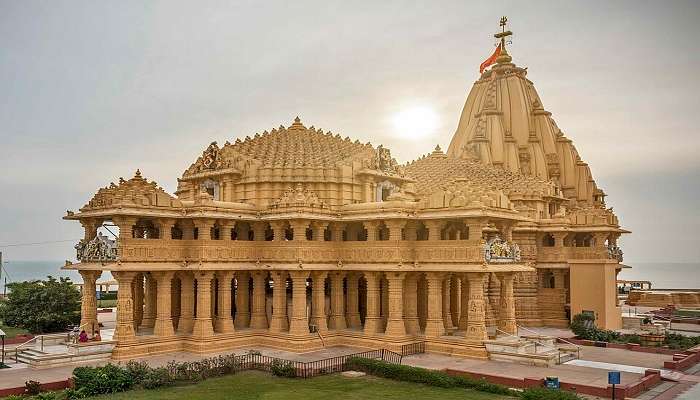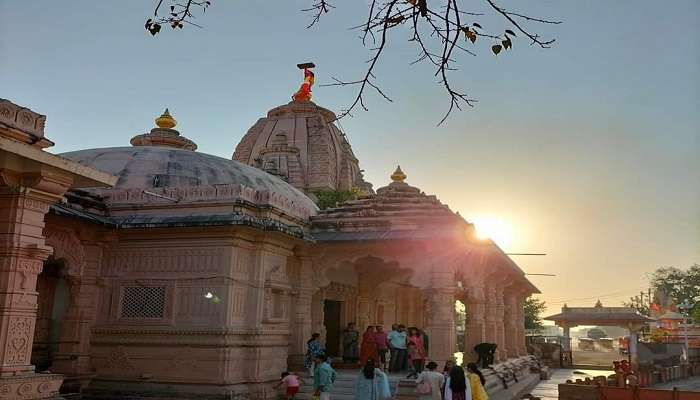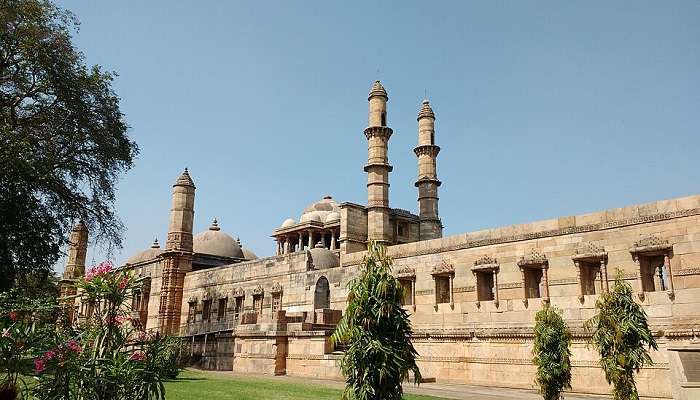Explore Kutch Museum To Experience Kutch’s Rich Heritage 2025
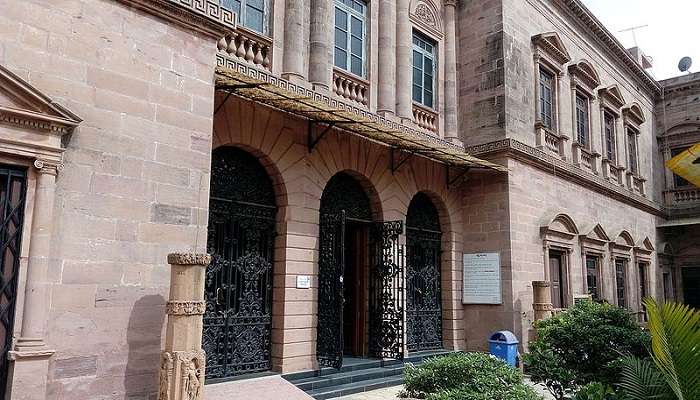
The Kutch Museum located in Bhuj, Gujarat is not only the oldest museum in the state but also the place of legends and history. Picture yourself entering a room in which a seven-tusked elephant made of a single block of wood and known as Airavat is placed—this is not a fable, but a fact here. This was created in the 18th century and was once considered as a symbol of divinity, along with the collection of inscriptions and tribal artefacts, the Kutch Museum becomes a treasure trove of unheard stories and magical realism, all waiting to be discovered.
History Of Kutch Museum
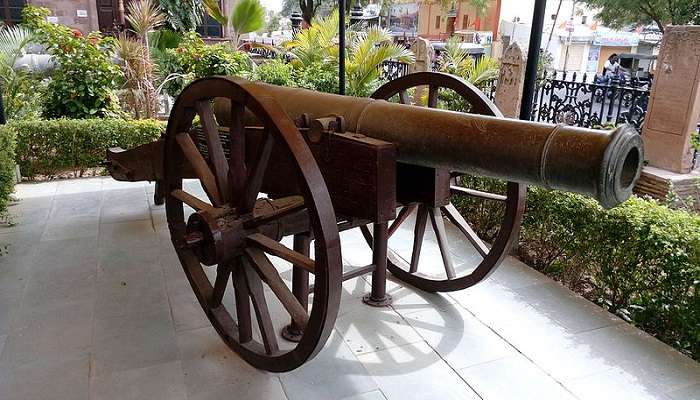
Kutch Museum, which was initially a part of the School of Arts, was founded by Maharao Khengarji III on 1st July 1877. It was earlier called Fergusson Museum after Sir James Fergusson, the Governor of Bombay, who started the construction of the present building on November 14, 1884. The museum is in the Italian Gothic architectural design and has two floors; the construction was done by Kutch’s Mistress under the direction of State Gaither Jairam Ruda Gajdhar. The museum was originally a private collection of the Maharao of Kutch and was not open to the public until after India had gained independence.
Also Read: Things To Do In Ahmedabad
Kutch Museum Collections
The museum’s collections span diverse categories, including intricate embroidery, ancient coins, and traditional musical instruments. Its galleries provide a window into the vibrant culture, history, and art of the Kutch region. Whether you’re a history enthusiast or a cultural explorer, the Kutch Museum promises an enlightening experience.
1. Kshatrapa Inscriptions
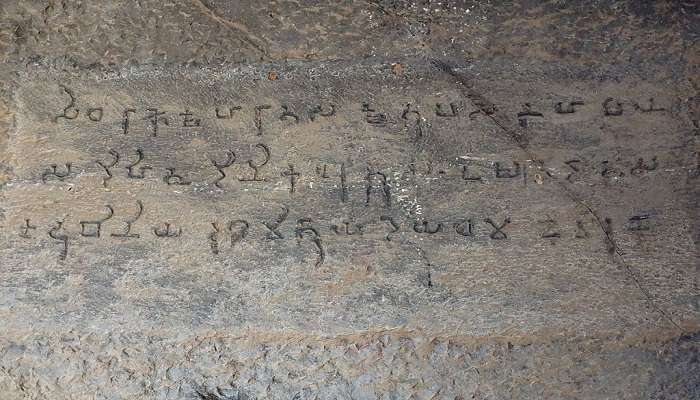
The Kutch Museum proudly displays the largest number of Kshatrapa inscriptions which are as old as the 1st century AD. These are the ancient stone tablets found in the village of Andhau and these tablets give an insight into the early history and administration of Kutch. These inscriptions are well maintained and are found in the museum’s archaeological wing and are useful in understanding the language, culture and administration of the period. These inscriptions are not merely historical documents but are believed to be the initial blocks of the historical structure of Kutch, and therefore, must-visit for every historical-conscious traveller.
Highlight: These inscriptions are of immense interest to historians and researchers as these provide a glimpse of the history of Kutch.
2. The Airavat Elephant
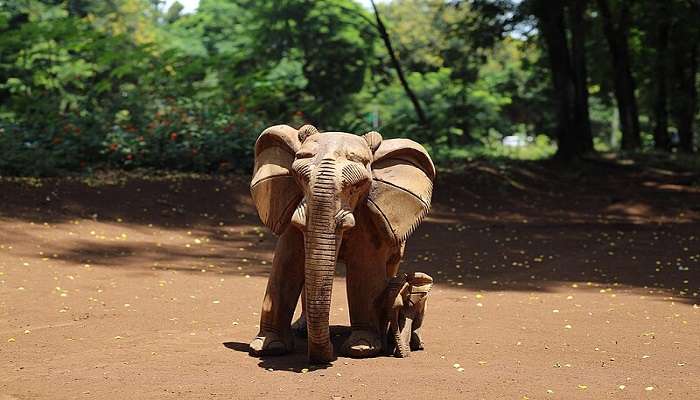
The Airavat is a beautifully carved wooden elephant. It has seven tusks and is one of the most remarkable artefacts of the Kutch Museum. This splendid sculpture was made in the 18th century in Mandvi, and it was originally intended for the cult of Tirthankar, a saint of Jainism. The Airavat is not only a religious icon but also a piece of art and craftsmanship of the Kutchi people, which is decorated with beautiful floral designs and bright colours. Its magnificence is so enchanting that it was depicted on an Indian stamp in 1978 under the ‘Treasures of Museum’ category. The Airavat is a fine example of the kind of art that originated in the Kutch region.
Highlight: The Airavat is a special piece that represents the religious and artistic culture of Kutch and therefore is the main attraction of the museum.
Related Posts: Resorts Near Ahmedabad
3. Tribal Artefacts
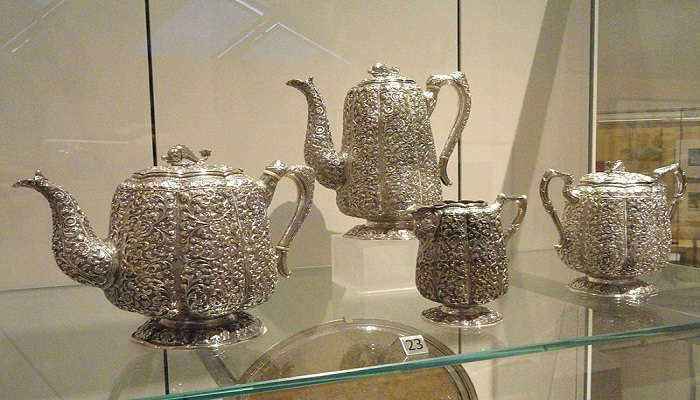
The artefacts of the tribal culture displayed at the Kutch Museum give a glimpse of the rich and colourful life of the tribal people of the region. This part of the museum exhibits various products such as traditional costumes, musical instruments, ceremonial dresses, and jewellery. These artefacts depict the way of life, religion and art of the tribal people of Kutch who have been living in the region for generations. The tribal part of the museum not only stores these cultural assets but also showcases the tribal culture of Kutch, which is why it is an important part of the museum.
Highlight: The tribal artefacts give the visitors a chance to feel the pulse of the still surviving Kutch tribes in the region.
4. Kutchi Embroidery
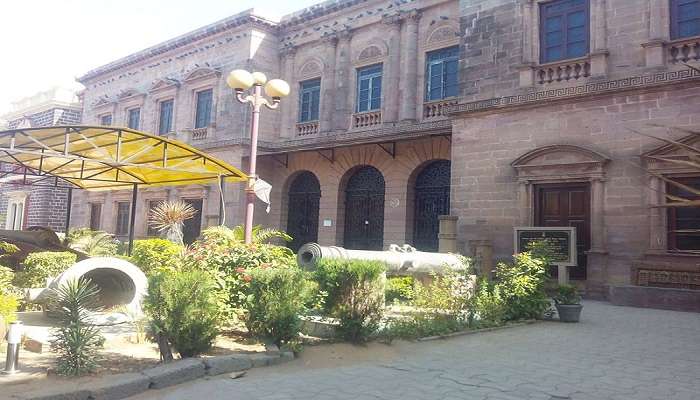
Kutchi embroidery is famous all over the world for its beautiful designs and the richness of colours and the Kutch Museum has a beautiful collection of this art form. The textile gallery of the museum has a rich collection of embroidered fabrics, including mirror work, fine flowers and geometric patterns. Every embroidery has its own story, which shows the talent and experience of the people who have been developing this craft for centuries. The collection is proof of the importance of textile arts in Kutch and therefore a must-see for anyone interested in fashion and design.
Highlight: The embroidery collection of the museum is a colourful representation of the Kutchi work, which is a feast to the eyes.
Related Posts: Tourist Places In Ahmedabad
5. Ancient Coins
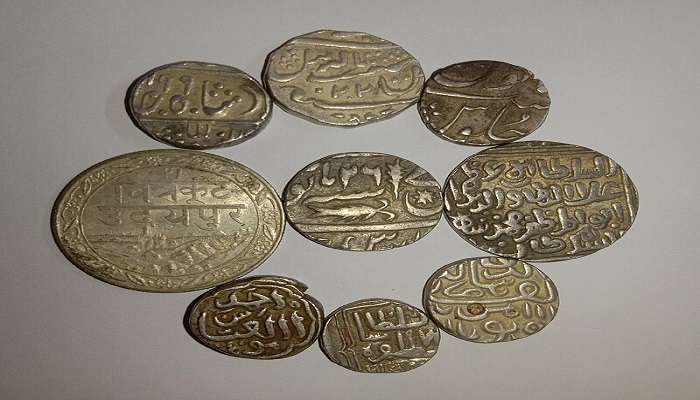
The numismatic collection of the Kutch Museum is a collection of coins that gives visitors a feel of the economic history of the region. Some of the features include the Kori which was used as currency in Kutch up to 1948 and gives information on the trade and economic activities in the region. It comprises coins of different eras, and each of them has a story to tell about the history of the region. This part of the museum not only displays the history of money in Kutch but also the relations of the region with the neighbouring areas which makes it very interesting for the history lovers and the collectors of the coins.
Highlight: Ancient coins are also displayed in the museum which gives a brief idea about the economic history of Kutch and the trade relations and evolution of money in the region.
Kutch Museum Timings
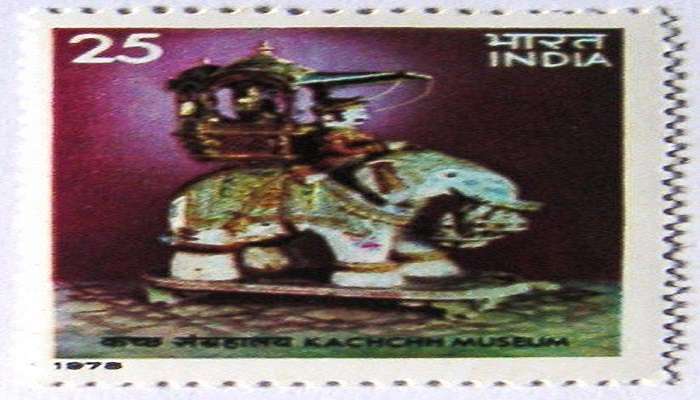
The Kutch Museum is operational from 10 in the morning to 1 in the afternoon and from 2 in the afternoon to 5 in the evening, thus giving visitors enough time to tour the museum. The museum is only open from Tuesday to Sunday and is closed on Wednesday and public holidays hence it is recommended that one should plan his/her visit to the museum accordingly.
Related Posts: Places To Visit In Vadodara
Kutch Museum Ticket Prices
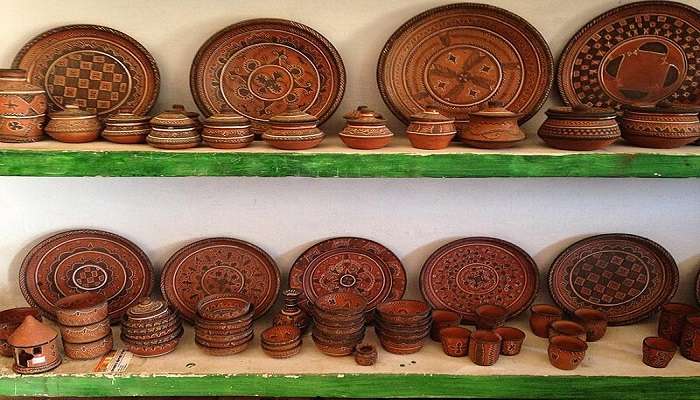
The ticket price for visiting the Kutch Museum is also very low, the entry fee for Indian tourists is INR 5 and for foreign tourists is INR 50. The best time to visit the museum is during the winter season from October to March because the climate of Bhuj is comparatively good for travelling.
How To Reach Kutch Museum
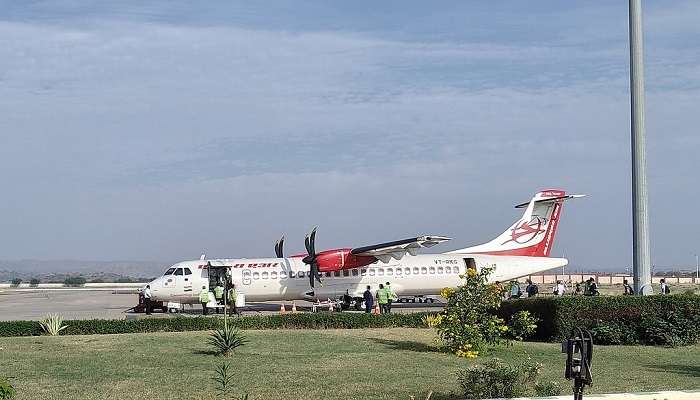
By Road: The Kutch Museum can be reached by road transport. The town of Bhuj is easily accessible from other cities in the state of Gujarat such as Ahmedabad and Rajkot. It is also possible to get to the museum by taxi or by using other means of transport available in the region.
By Air: The nearest airport is Bhuj Airport which is at a distance of 6 km from the museum. On arriving at the airport, one can hire a taxi or even hire a car to get to the museum.
By Rail: The nearest railhead is at Bhuj, which is roughly 3 kilometres from the Kutch Museum. The station is easily accessible from most of the major cities in India and hence tourists who prefer train travel will find it easy to access the station.
You May Also Like To Read: Things To Do In Vadodara
The Kutch Museum is not merely a museum but it is an introduction to the historical and cultural heritage of the Kutch. The museum features artefacts from ancient inscriptions and tribal artefacts to the embroidery and coins of the region. If you are an ardent lover of history or just a traveller who wants to know more about the history of Gujarat, then the Kutch Museum is a place you should not miss. Plan a trip to Gujarat and explore the colourful culture of Kutch right from today!
For our editorial codes of conduct and copyright disclaimer, please click here.
Cover Image Credit: Nizil Shah for Wikimedia Common
Frequently Asked Questions About Kutch Museum
Why are the Kshatrapa inscriptions important in the Kutch Museum?
The Kshatrapa inscriptions are important because they give information about the early history of the Kutch region, the language that was spoken, the rulers and the culture of the people.
How much time is needed to explore the Kutch Museum?
Generally speaking, about 1.5 to 2 hours would be sufficient for exploring the exhibits. However, if you are deeply interested in the region's history and culture, you can allocate more time.
Can visitors take photographs inside the Museum?
Generally, photography may be restricted in certain sections to preserve the artefacts. It is always best to inquire at the entrance to avoid any hassles.
Why is Kutchi embroidery unique?
Kutchi embroidery is very detailed and colourful and is a true embodiment of the craft tradition of Kutch.
Is there a possibility of buying souvenirs at the Kutch Museum?
Yes, there is a small shop in the museum where one can buy replicas of some of the displayed artefacts such as embroidered textiles and other traditional products.
People Also Read:
Museums In Bulgaria Museums In Munich Museums In Estonia

With a passion for exploring and travelling to the roads long forgotten, experience the world through enthralling stories and adventures. Join me as I share my experiences at some of the world’s most popular tourist destinations and quench that pestering curiosity with something exciting!



